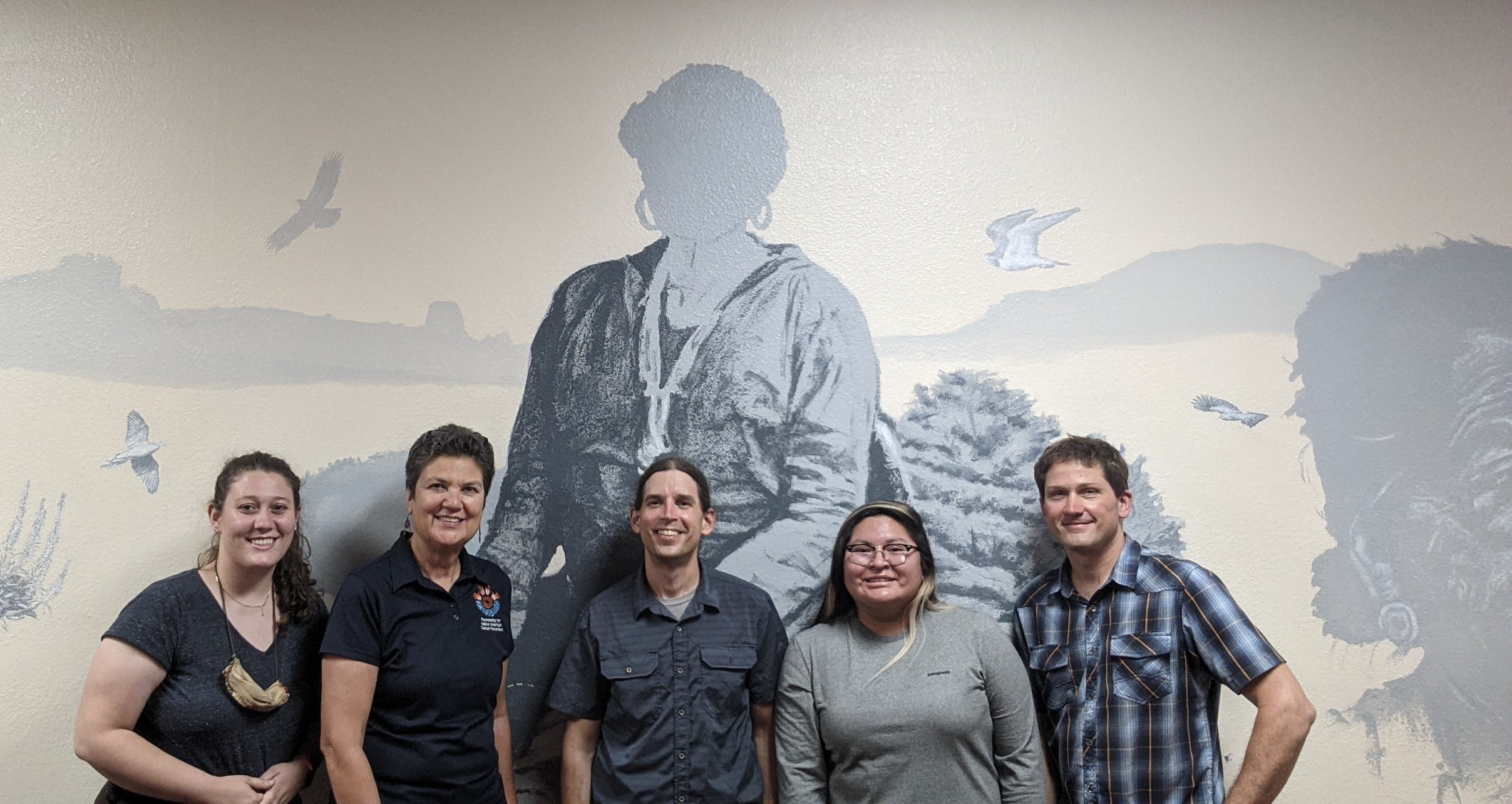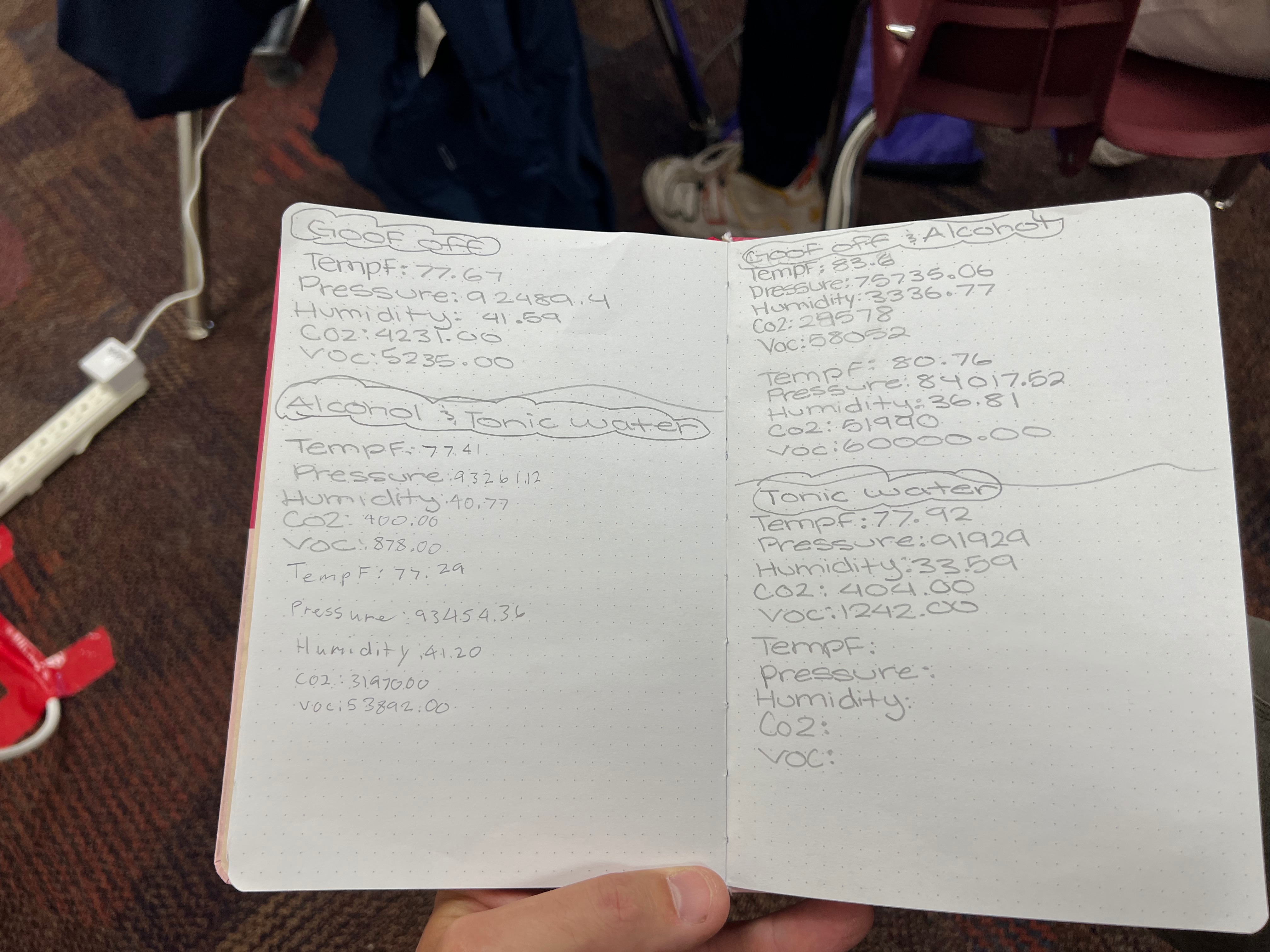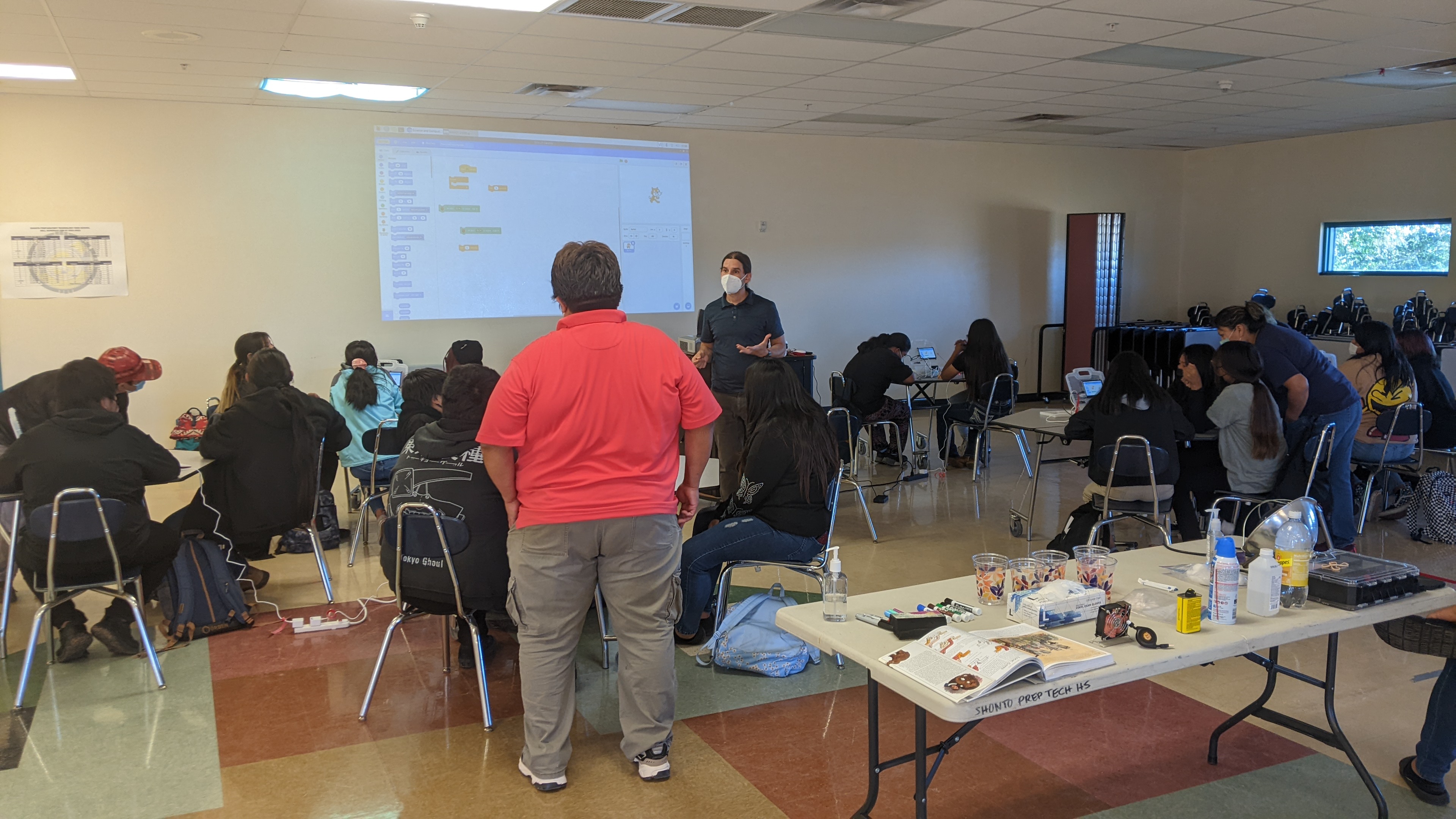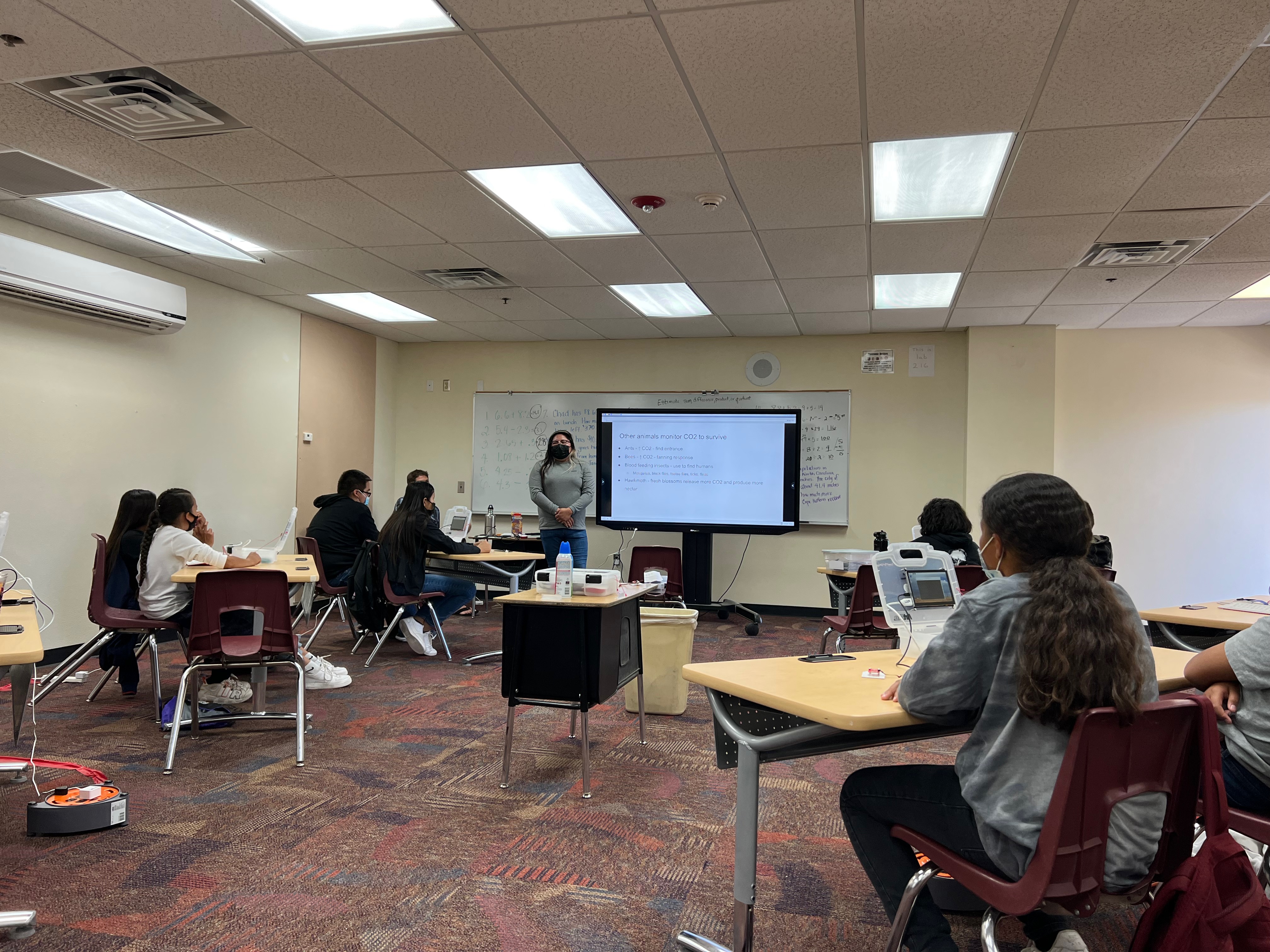Kayenta Middle School and Shonto Preparatory Middle School
In June 2022, the Four Corners Science and Computing Club traveled to two schools, Kayenta Middle School and Shonto Preparatory Middle School on the Navajo Nation to teach half-day science and computing workshops. Kayenta and Shonto are two rural communities near Monument Valley with a population of 5,189 and 591 respectively.

These were our first off site workshops and we knew that technology in schools on the Navajo Nation range from fully equipped computer labs, fast and reliable Internet connections, and science classrooms with attached greenhouses through schools with out-dated computer hardware and limited Internet bandwidth. Therefore, we arrived early to set up our Raspberry Pi 400 custom kits and found out we needed to use phone hotspots to effectively connect them to the Internet. Surprisingly we had great results and students were able to access our online environmental sensor data.

Implementing a culturally responsive learning environment for Native American students in the classroom starts with mentoring and relationship building, therefore students are welcomed to the workshop by one of our indigenous team members.

After the introduction, students listen to a brief discussion about the Raspberry Pis and assemble them in their small groups. Next, students are guided through a class activity where they make observations and predictions using environmental data such as air quality indicators, temperature, pressure, relative humidity, and CO2 in PowerPoint slides and from online environmental data our team previously collected. Through Socratic questioning and guided discussions students have described the inverse relationship between temperature and pressure and made predictions about air quality related to wildfires.

Following this activity, students use a free programming language called Scratch to blink an LED light bulb by intuitively dragging and dropping blocks of code. This activity gives students instant feedback when their light does or does not flash, thus promoting problem solving skills and small group discussion.

After students complete the LED activity, they hook up data sensors to their Raspberry Pis. In this activity, students design their own experiments using numerous resources to manipulate the data sensors. For example, students may record the temperature of a heat lamp held at different distances, the levels of volatile organic compounds (VOCs) emitted from various materials like rubbing alcohol or dry erase markers, or measure particulate matter (PM) emitted from carpet samples.

We conclude with a Professional Connections guest presentation by our student team members. They share their path into the scientific computing world and answer student questions. By doing this, we hope to inspire and motivate our student attendees to consider academic or professional careers in scientific computing while demonstrating the diversity of pathways others have taken. We also provide links to the 4CSCC lab manual which contains other hands-on activities as well as coding and computing resources that can be used by interested students or teachers who want to link topics from the workshop with activities in their curriculum.
